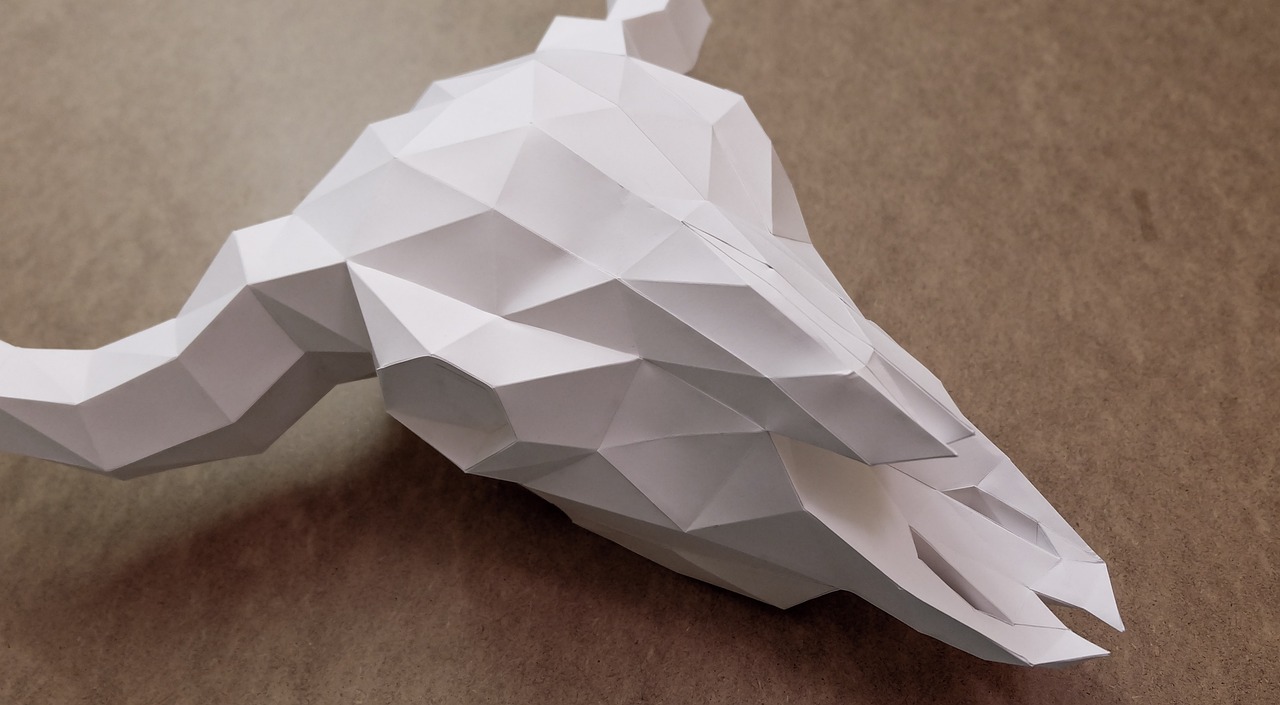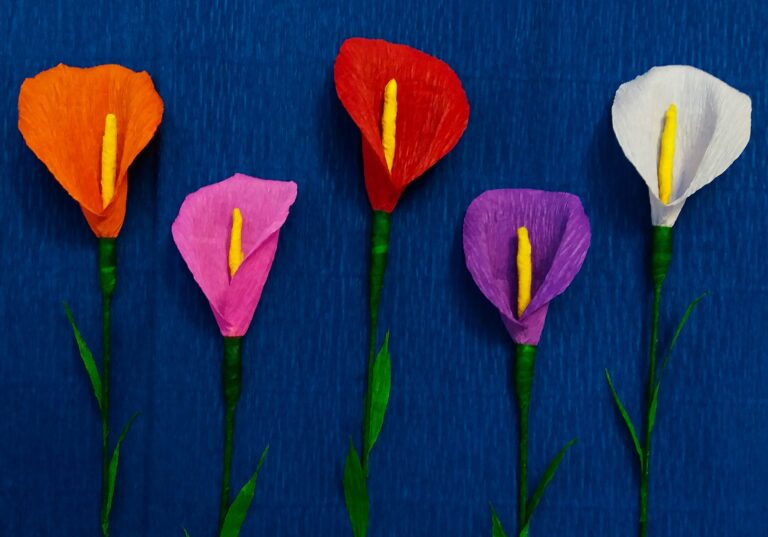What are the Basics of Papercraft
Paper crafting is a creative hobby which involves using paper to create various decorative and functional items. Here are the basics of papercraft as a hobby:
- Gather Materials: Collect the necessary materials for paper crafting, including different types of paper (such as cardstock, patterned paper, or speciality paper), cutting tools (such as scissors, craft knives, or paper trimmers), adhesive (such as glue or double-sided tape), rulers, bone folders, scoring tools, and embellishments (such as stickers, ribbons, or brads).
- Choose a Project: Decide on the type of papercraft project you want to create. It can be greeting cards, scrapbook pages, paper flowers, gift boxes, origami, paper decorations, or any other paper-based item. Consider your interests, skill level, and the occasion or purpose of the project.
- Learn Basic Techniques: Familiarize yourself with basic papercraft techniques. Some common techniques include cutting, folding, scoring, stamping, embossing, die-cutting, layering, and paper piecing. Practice these techniques on scrap paper to gain confidence and precision.
- Design and Plan: Sketch or visualize your project design before starting. Determine the size, layout, and colour scheme. Plan the placement of embellishments and any additional elements you want to include. Make a list of materials needed to ensure you have everything on hand.
- Cut and Prepare Paper: Measure and cut the paper according to your design and project requirements. Use rulers, templates, or stencils for accuracy. Pre-score or fold the paper along the designated lines if necessary.
- Assemble and Adhere: Start assembling your project by adhering the paper pieces together using the chosen adhesive. Experiment with different adhesives to find the most suitable one for your specific project. Pay attention to alignment, spacing, and neatness during the assembly process.
- Add Embellishments and Details: Enhance your project by adding embellishments and details. This can include stickers, die-cuts, ribbons, sequins, brads, or any other decorative elements that complement your design. Experiment with layering and dimension to create visual interest.
- Finishing Touches: Once the main components are in place, review your project for any adjustments or touch-ups needed. Ensure that all adhesive is secure, and any excess paper or loose threads are trimmed. Use a bone folder to create crisp folds or smooth edges.
- Personalize and Customize: Papercrafting allows for personalization and customization. Add hand-written messages, sentiments, or calligraphy to your project. Experiment with different fonts or lettering styles. Incorporate photographs or other personal memorabilia for a more personalized touch.
- Display and Enjoy: Find a suitable place to display or use your completed papercraft project. Frame it, place it in a scrapbook, give it as a gift, or use it as intended (e.g., sending a handmade card). Celebrate your creativity and enjoy the satisfaction of creating something unique and visually appealing.
Remember, paper crafting is a versatile hobby with endless possibilities. Start with simple projects and gradually explore more complex techniques and designs. Allow your creativity to guide you, experiment with different papers and embellishments, and have fun expressing yourself through this artistic and crafty hobby.

